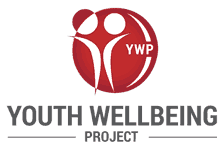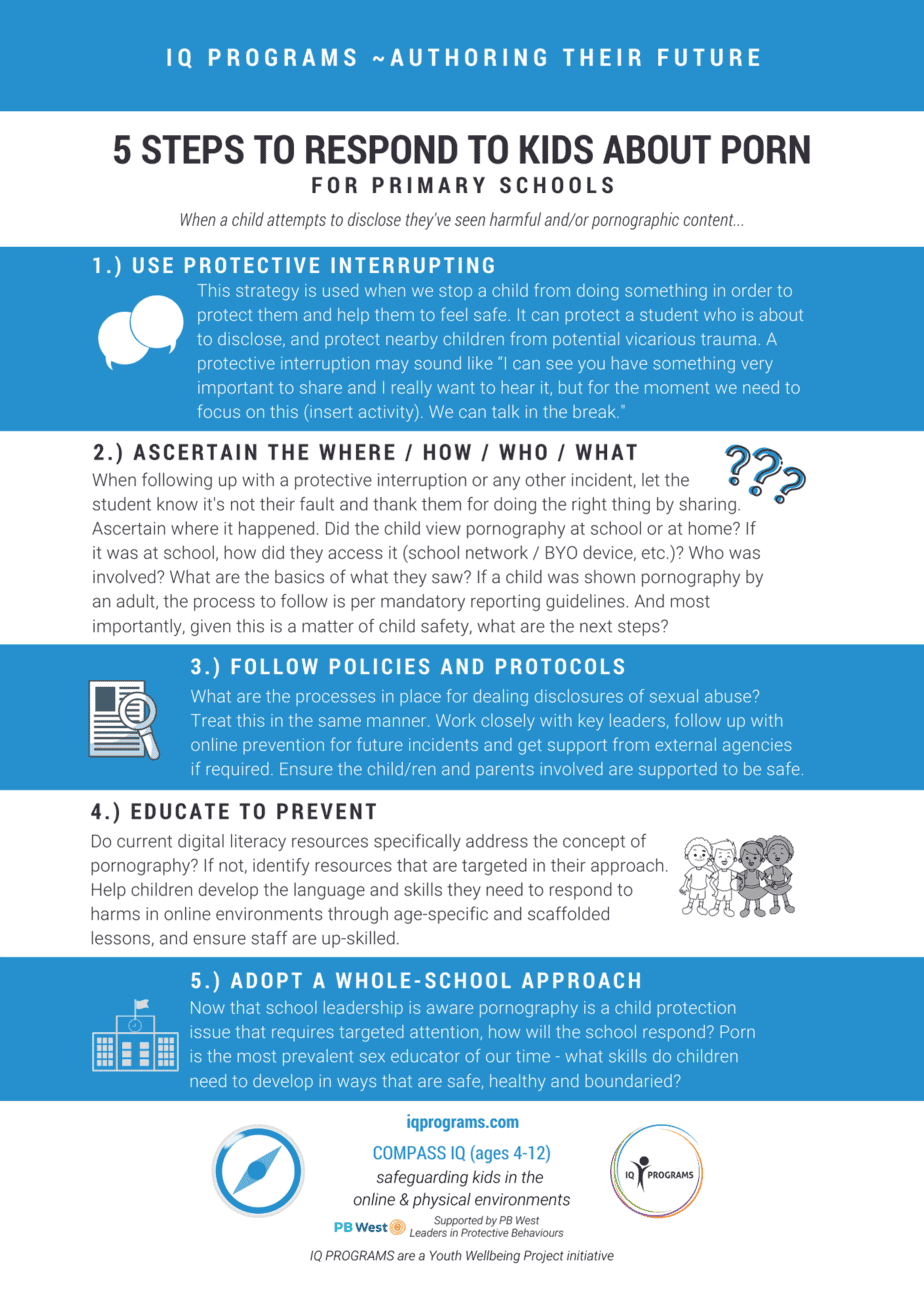Research has found that early childhood teachers, primary educators and carers to identify and respond to young children displaying “problematic sexual behaviours”. There’s an increase in the number of children under 10 years of age exhibiting harmful sexual behaviour towards each other – one of the related factors is exposure to pornography, which can lead to problematic sexual behaviours (PSB) among children.
To put “increase” in perspective, a single support service in Victoria has seen a 10-fold increase in the number of child-on-child sexual abuse referrals over the past ten years. Therefore, it’s essential that we know how to identify and respond to children displaying problematic sexual behaviours, and beyond this, educate for prevention – a measure supported by the National Principles for Child Safe Organisations.
Pornography driving a rise in child-on-child sexual abuse
One of the drivers of the rise in child-on-child sexual abuse is kids copying what they see in pornography. Therefore, it’s vitally important to provide kids with language to identify, respond to and understand what pornography is, and why it’s harmful. With the ease of access via tech devices, pornography is now one of the main sex educators. As such, every message we deliver on cybersafety, sexual health, consent and protective behaviours needs to be with the intent of counteracting hypersexualised media messages and porn.
More and more schools are recognising that pornography poses a serious threat to children’s safety, wellbeing and development, so it’s essential for schools and child/youth focussed organisations to respond as a matter of child protection. However, many are unsure about what to do when faced with every-day situations.
For instance, what steps should someone within a school or child/youth org take when a child attempts to disclose they’ve seen harmful and/or pornographic content? In response, Youth Wellbeing Project has produced simple guidance to answer this question.
5 Steps to respond to kids about porn
1. Use Protective Interrupting
This strategy is used when we stop a child from doing something in order to protect them and help them to feel safe. It can protect a student who is about to disclose, and protect nearby children from potential vicarious trauma. A protective interruption may sound like “I can see you have something very important to share and I really want to hear it, but for the moment we need to focus on this (insert activity). We can talk in the break.”
2. Ascertain the where/how/who/what
When following up with a protective interruption or any other incident, let the student know it’s not their fault and thank them for doing the right thing by sharing. Ascertain where it happened. Did the child view pornography at school or at home? If it was at school, how did they access it (school network / BYO device, etc.)? Who was involved? What are the basics of what they saw? If a child was shown pornography by an adult, the process to follow is per mandatory reporting guidelines. And most importantly, given this is a matter of child safety, what are the next steps?
3. Follow Policies and Protocols
What are the processes in place for dealing disclosures of sexual abuse? Treat this in the same manner. Work closely with key leaders, follow up with online prevention for future incidents and get support from external agencies if required. Ensure the child/ren and parents involved are supported to be safe.
4. Educate to Prevent
Do current digital literacy resources specifically address the concept of pornography? If not, identify resources that are targeted in their approach. Help children develop the language and skills they need to respond to harms in online environments through age-specific and scaffolded lessons, and ensure staff are up-skilled.
5. Adopt a Whole-School Approach
Now that school leadership is aware pornography is a child protection issue that requires targeted attention, how will the school respond? Porn is the most prevalent sex educator of our time – what skills do children need to develop in ways that are safe, healthy and boundaried?
We invite you to download and share this tool with colleagues and visit IQ PROGRAMS to find classroom resources. The Porn in Schools Fact File is also an invaluable resource for your team.

